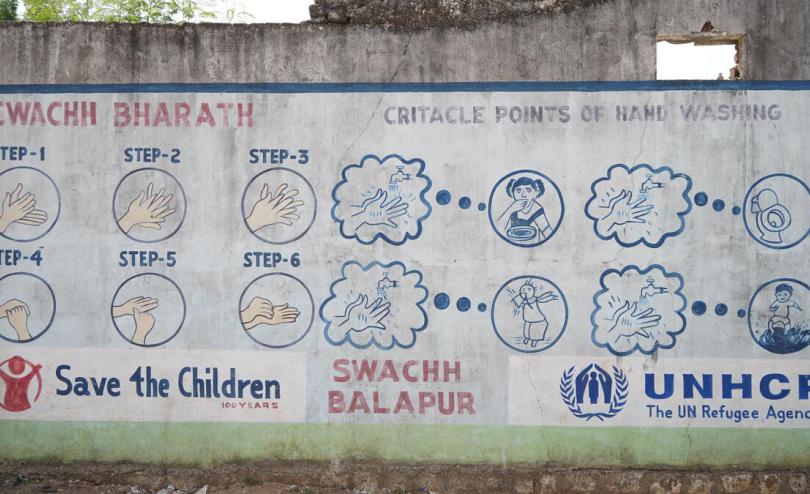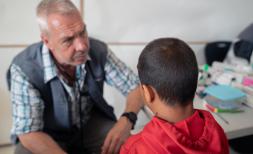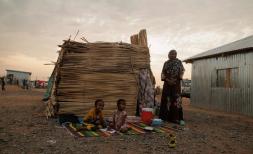New research highlights disproportionate impact of COVID-19 on India’s girls

Only a third (33%) of girls in India attended online classes during the COVID-19 lockdown compared to 39% of boys, according to Save the Children research released today—raising concerns that progress in addressing gender inequalities in education in recent decades could be reversed.
The World of India's Girls also found that two thirds (68%) struggled to access health and nutrition services, while 80% were unable to access sanitary items due to limited government supplies, lack of money, and shop closures during the nationwide lockdown—which was the world’s largest, from 24 March - 31st May 2020.
India has recorded more than half a million deaths and has seen its unemployment rate climb to a 45-year high since the start of the pandemic.
The research, released today by Save the Children India, highlights the disproportionate impact of India’s Covid-19 crisis on girls, with lockdowns and school closures exacerbating existing gender inequalities in the country and hindering girls’ access to health, education and play.
Farida*, a 15-year-old girl from Patna district says, “The biggest problem we faced was during the menstrual cycle when there was unavailability of sanitary napkins due to lockdown. Many times, we had to use cloth, which made us feel very uncomfortable.''
As well as highlighting the impact of the pandemic on girls’ access to education and health services, the research also documents the impact on girls’ opportunity to enjoy their childhood—with more than half of girls (56%) stating that they didn’t play outdoors during lockdown and approximately half of mothers surveyed stating that they believed the pandemic had increased girl’s chances of getting married early compared to boys.
Girls also revealed that they watch more TV (50%), do more household chores (42%) and play on their mobile phones more (39%) than before the pandemic.
Nural*, a 16-year-old girl from a slum in Hyderabad says, “We got up late, helped our mother in household work, watched television, played and slept. It was fine for a month. But, after a month, it was all very unpleasant. We had no money. We started missing our school and friends.”
The organisation is now calling for better resourcing of health, nutrition, education, and protection services, with a specific focus on the needs of girls.
Sudarshan Suchi, CEO of Save the Children India said:
“India cannot achieve its full potential unless we secure 100% of its children today. This report highlights the risks our nation runs into by not investing in all children, including girls.
“Coordinated efforts are needed across the state, civil society and private sector to address the rights of girls and ensure they are having their voices heard. Building the agency of girls and empowering them to exercise their life choices is crucial for improving their access to services and addressing the violation of their rights.”
For further enquiries please contact:
- Freya Carr, freya.carr@savethechildren.org (Bangkok)
- Natasha Dos Santos, Natasha.dossantos@savethechildren.org / +44 (0)7787 191 957 (London)
- We have spokespeople available.
- Our media out of hours (BST) contact is media@savethechildren.org.uk / +44(0)7831 650409




